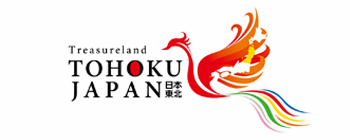
Recommended course
South Miyagi and Yamagata: Full Bloom Sakura Driving Route
Recommended course
▼
約20min
▼
▼
▼
約20min
▼
▼
▼
約2H
▼
▼
▼
約15min
▼
▼
▼
約30min
▼
▼
▼
約1H15min
▼
▼
▼
約1H30min
▼
▼
▼
約30min
▼
▼
▼
約15min
▼
▼
▼
約1H30min
▼
▼
Recommendation tourist attraction
At the summit of the park is the statue of the Goddess of Mercy, which serves as a symbol of the city. In spring, the entire mountain is covered in blooming sakura. With a slope car that goes through the tunnel of sakura, it is one of Tohoku's most popular tourist spots.

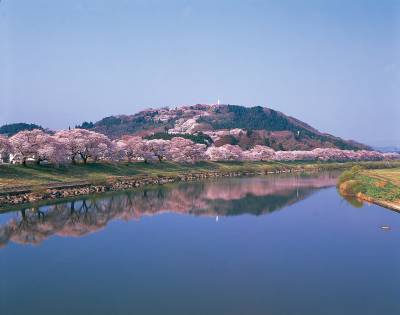
With the mountain range of Zao as a backdrop, visitors could take a cruise on a house-boat to view the flowers during the sakura festival, or go see the evening illuminations at night. The JR Tohoku Main Line also has routes where the sakura can be seen. Best time to visit: Mid-April to late April
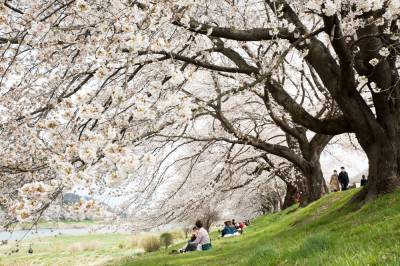

This park is home to the Yonezawa Castle, a feudal castle used by the famous Japanese historical figure Kenshin Uesugi and his comrades. Along its moat are 200 sakura trees as well as numerous other trees of over a hundred years old. Best time to visit: Late April

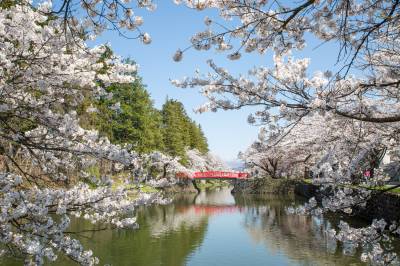
A park on a plateau where you can easily spot the Yonezawa Castle area. You can also see around a thousand sakura trees in full bloom, also known as Eboshiyama's Thousand Sakuras. If you visit at the right time, you can also see a bullet train pass by behind the sakura backdrop. Best time to visit: Late April to early May

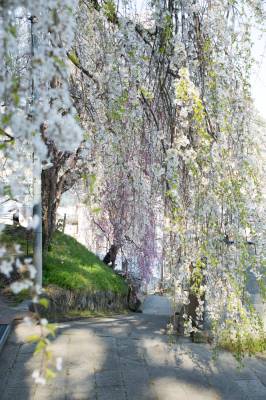
The shrine has long been a place of worship for local residents. It is said that your wish will be granted if you can find the three rabbit sculptures hidden behind the main sanctuary. Don’t miss the approximately 900-year-old gingko tree (prefectural natural monument).
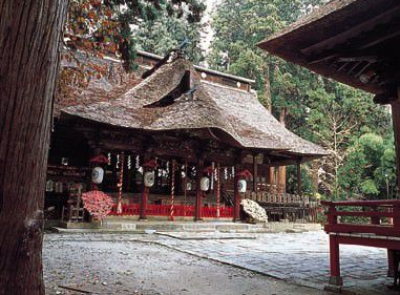
One of Japan's most famous sakura spots, with trees said to be around 1200 years old. During flowering season, the historical society will be there to guide you as they play the part of old tale heroes, and you can also enjoy sampling the regional dish, tama konyaku (konyaku balls). Best time to visit: Late April
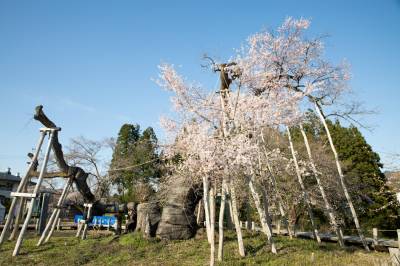

Reaching over 100 years old, the numerous sakura trees that surround the canals have branches that nearly touch its surface, creating a magical effect. As the petals fall, the water is dyed pink in flowers, making it even more beautiful. Best time to visit: Mid-April to late April
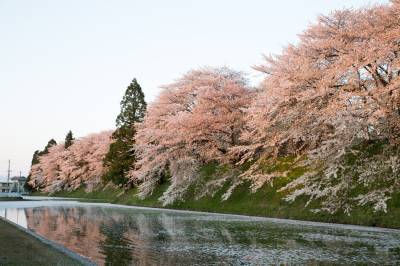
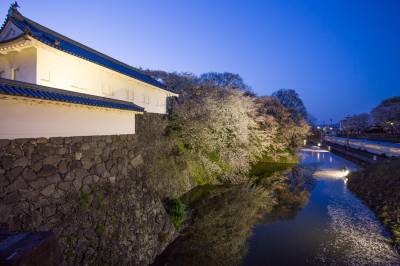
Sagae produces the most roses in Japan, and those roses are used in a rose bath that has proved popular. The hot spring water, which has a slight viscous feel, is extremely popular for being refreshing and for its skin-beautifying effects. *Note: The rose bath is only available in 2 locations, Kappo Ryokan Yoshimoto (Japanese-style restaurant and inn; TEL: 0237-84-2138) and Hotel Symphony Annex (TEL: 0237-83-1222). Be sure to inquire in advance, as the bath's availability differs.
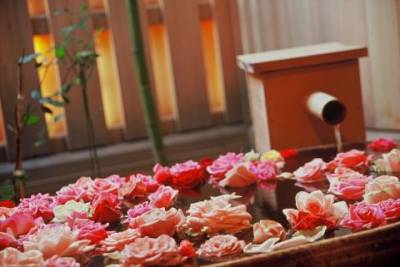

In this mountain located in the heart of the city, you can witness the spectacular view from the mountain's peak all the way to the river from the viewing deck at its summit. During late April, you can also witness the popular “Human Shogi" giant board game event, held under the sakura trees in full bloom. Best time to visit: Mid-April to late April

The roadside station is conveniently located on the road connecting Yama-dera and Zao. The fountain performance in time to music is a must-see. There is also a restaurant, a market for local produce and a gelato factory.
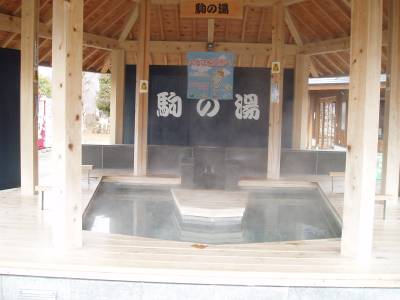
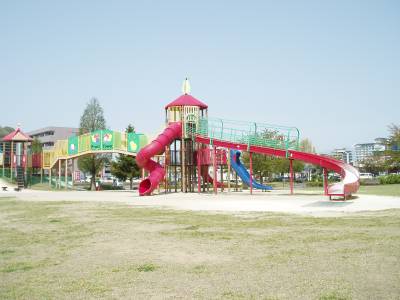
This ancient temple with a history going back over 1,100 years exudes a sacred atmosphere. The scenery is breathtaking in autumn when the surrounding gorge and mountains are bathed in vibrant colors.













